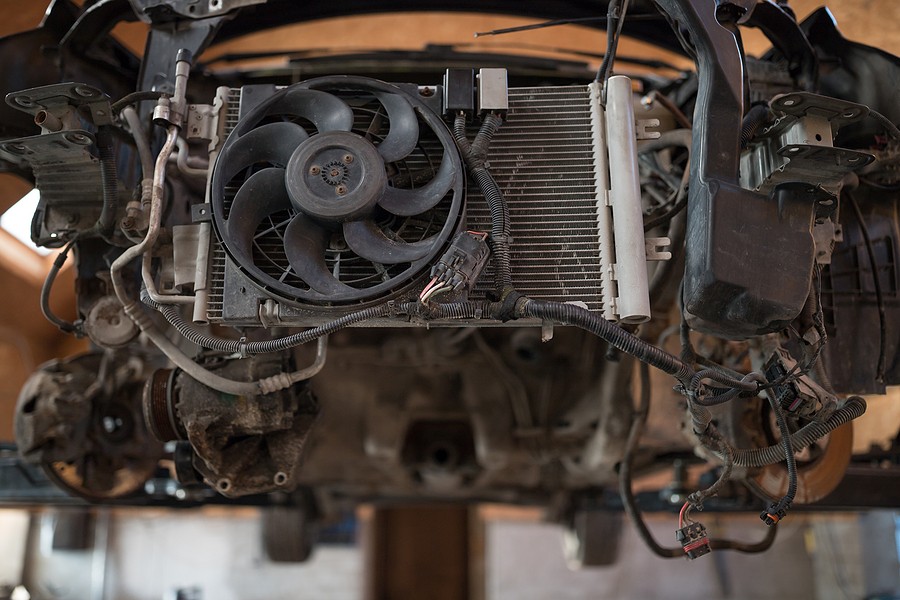If you're wondering “how to troubleshoot if my car fan is not working,” here's what you need to do:
- Check the fuse
- Test the fan motor
- Check the wiring
- Inspect the fan relay
- Test the temperature sensor
- Inspect the thermostat
A minor component in the cooling system plays a significant role in maintaining the engine performance and preventing any discomfort in your car. Unfortunately, the fan is not designed to last forever, and it will be a point of time we have to replace it.
You must address any fan problems as soon as possible before things get out of hand. Many people underestimate the consequences of leaving a bad fan in the vehicle and deal with surprisingly significant damage to the engine.
This article provides detailed guidance to help you diagnose the problem and identify situations where your car fan is not working. Let's read on for more details!
How does the car fan system work?
Before we dive into troubleshooting any problems with your car's fan, you must understand the different types of fans available in your car and how they work.
1- The radiator fan
The first fan exists in the radiator, part of the cooling system. It is responsible for ensuring that the air is circulating properly throughout the radiator to cool down the coolant and allow it to drop its pressure. Hence, it's ready again to absorb the excess temperature from the engine.
If there are any other fan failures, it can lead to severe damage that might impact the engine's performance. For example, if you can't fix it in the required time, you can easily deal with engine overheating that might lead to self-destruction.
2- The blower motor
The second type of fan is part of the air conditioning system. It ensures the air is circulated properly as you turn on the AC or the heating system. When this sound does not work, driving your car is uncomfortable, especially if the temperature is extreme outside.
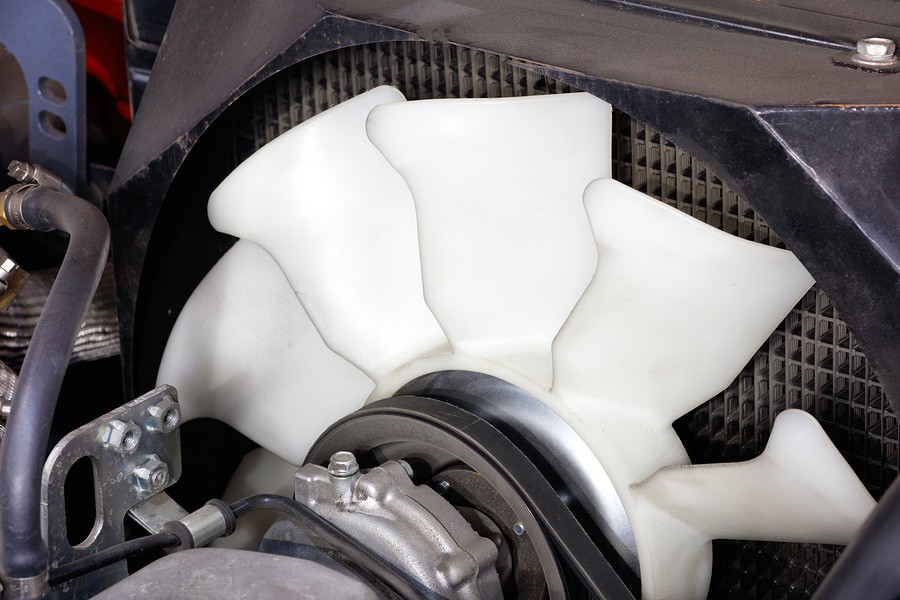
What are the symptoms of a bad car fan?
Now that you have a general idea about how both fans operate in your car, that will give a sense of what could happen if the radiator fan or the cabin fan is not working properly. In other words, what symptoms should you look for to confirm that these fans are working efficiently?
The following list summarizes the most common symptoms indicating a bad car fan broken by the radiator and the cabin fan or the blower motor:
1- Symptoms of a bad radiator fan
I can easily deal with engine overheating if other fans have not been working for a long time; I can notice that by looking at the temperature gauge on the dashboard, and if it's fluctuating or reading very high, it might indicate an engine overheating.
Another thing you could do is to visually monitor the behavior of the radiator fan and see if it's moving. If it's not covered, it could be a problem with the radiator fan and an issue with the radiator itself.
Remember that these are general symptoms and might be linked to the radiator fan and other major components that are failing in your car. Therefore, your mechanic needs to perform a thorough inspection to confirm the issue.
2- Symptoms of a bad blower motor
If the blower motor is not working properly, then you'll have an issue with how the air is circulating in your car as you turn on the AC or the air or the heating system.
Typically, you'll start noticing that there is not enough air, and sometimes, if the blower motor is filled, there will be no airflow. In that case, it could indicate that your cooling or heating system is having a problem.
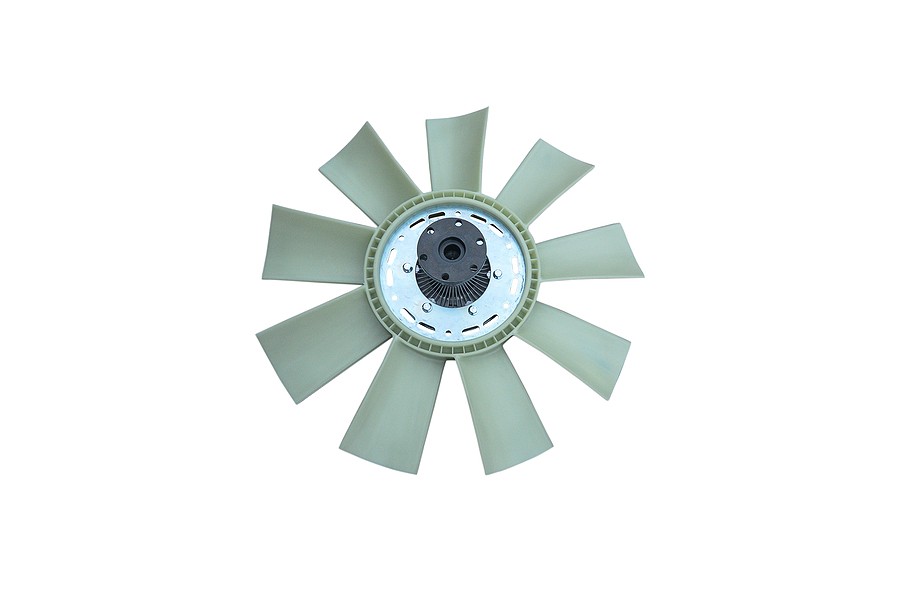
How do I troubleshoot if my car fan is not working?
Now you have a general idea about the purpose of the fans in your car and what symptoms look for. The next step is to diagnose what could be happening in the car, preventing these fans from working.
The following list summarizes a step-by-step process to help you troubleshoot if your car fan is not working:
1- Check the fuse
Interestingly, one of the main problems that could lead to preventing her fans from working is when you have a blown fuse. To resolve the issue, you can follow the recommendations in your vehicle owner's manual and find the location of the fuse box.
Check the manual to see which fuse is connected to both fans and confirm that this fuse has no signs of damage or burnout. If that's the case, you'll have to replace these fields. The good news is that replacing the fuse is not complicated and might not require a mechanic to fix it because you can do it on your own.
2- Test the fan motor
If you confirm that the fuses are in good shape, the next step is to perform an inspection and test for the fan motor. To do that, you don't need a mechanic because you can turn on the AC or the heating system and see if any air is flowing throughout the cabin.
It would be best to have a general idea about what it is like when the fan is working properly and how strong the air is. Otherwise, you will be unable to determine whether this airflow is insufficient.
If you confirm that the motor fan is malfunctioning, you must replace it. Deciding who replaces the fan of this motor depends heavily on your skills, and if you've not done it before, you might want to leave it to professionals to avoid introducing problems to your car.

3- Check the wiring
The next step is to check on any problems with the wiring. Remember that the fans are connected to the electrical system through wiring. These wiring are not designed to last forever but can also fail.
Try looking at the wiring visually and seeing if there are any signs of damage. Be careful when inspecting the wiring system because it's connected to the electrical system, and there are chances of hazards of getting electrical shocks.
Any signs of wiring damage should be addressed immediately. Your mechanic should have the tools to confirm which wire must be replaced and what other problems are connected to this wire.
4- Inspect the fan relay
Once you confirm that the wires are in good shape, the next step is to check on the fan relay. You can find it in the fuse box and see if any signs of damage require you to replace it.
Depending on your skill sets, you might even use a multimeter to confirm that the relay has the right functionality and produces the required energy expected by the fan. Otherwise, you might leave it to your professional mechanic, who can inspect it.
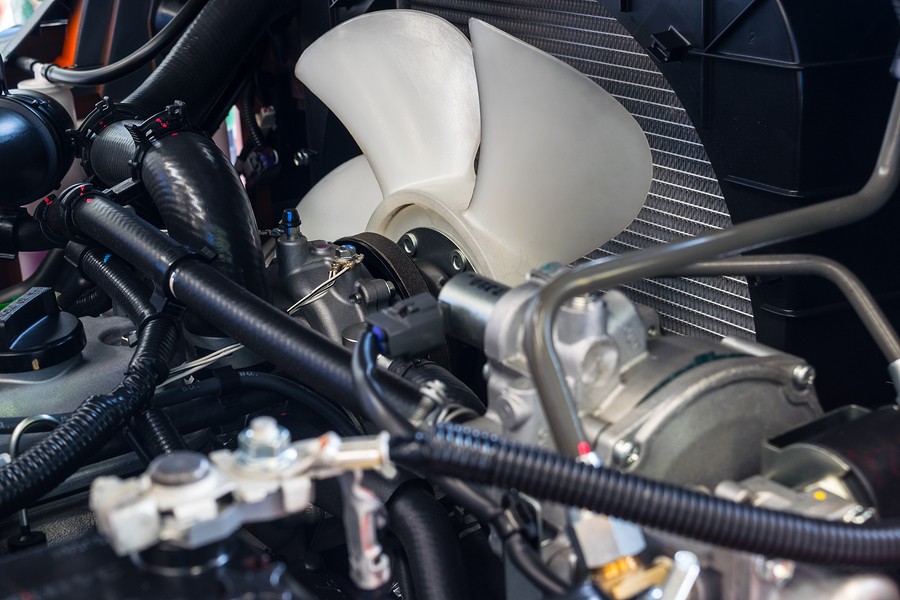
5- Test the temperature sensor
In some instances, the radiator fan might be linked to the temperature sensor, and if the sensor has a problem, it could impact the functionality of the radiator fan. Therefore, it might be worth inspecting the temperature sensor and confirming it's working properly.
In some scenarios, a bad temperature sensor might trigger a check engine light, which makes your life easier if you can scan the code in the engine and look for any potential errors linked to a bad temperature sensor
6- Inspect the thermostat
The thermostat is another important part of the cooling system; if it fails, it might impact how your car's coolant functions. If this coolant is not reaching the required temperature, the fan will not turn on because it will only be triggered if it exceeds a certain threshold.
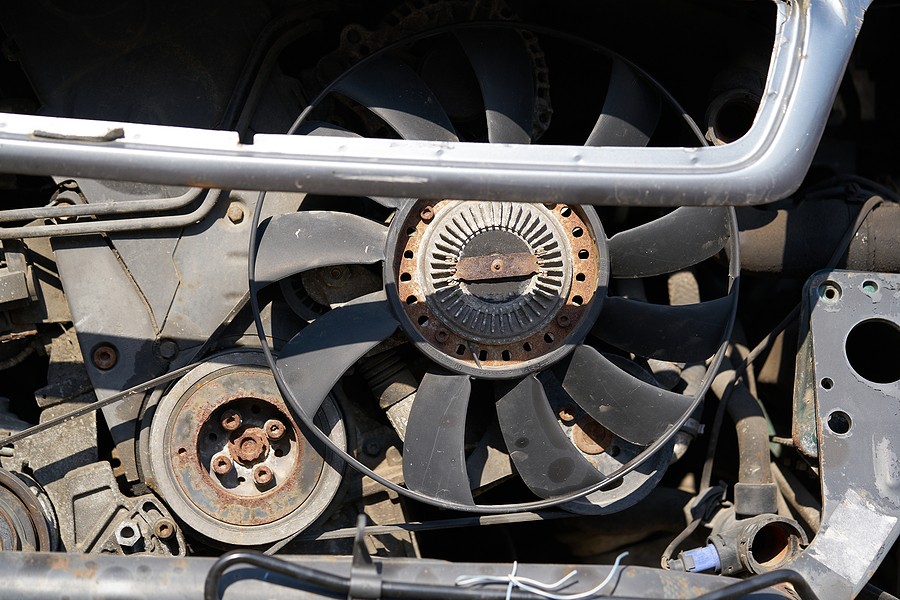
My car fan is not working—Final Thoughts.
Your vehicle contains two types of fans that play a significant role in your vehicle. The first one is the radiator fan, and the other is the cabin's lower motor. Both stands are responsible for specific tasks, and if they fail, they can lead to some problems, and some of those problems might be severe.
You must address any issues with your vehicle's fans to keep it working properly and avoid costly repairs. The more you wait on the problem call, the harder it gets for your mechanic to fix it without major repairs.
If you confirm that your car requires significant repairs and you feel it's not something you can't afford or the vehicle does not observe it, then it could be the perfect timing for selling this car. Are you interested in someone to pick up your car? Call Cash Cars Buyer at 773-791-4363.
If you're interested in similar posts, we highly encourage you to visit our blog by clicking here.

